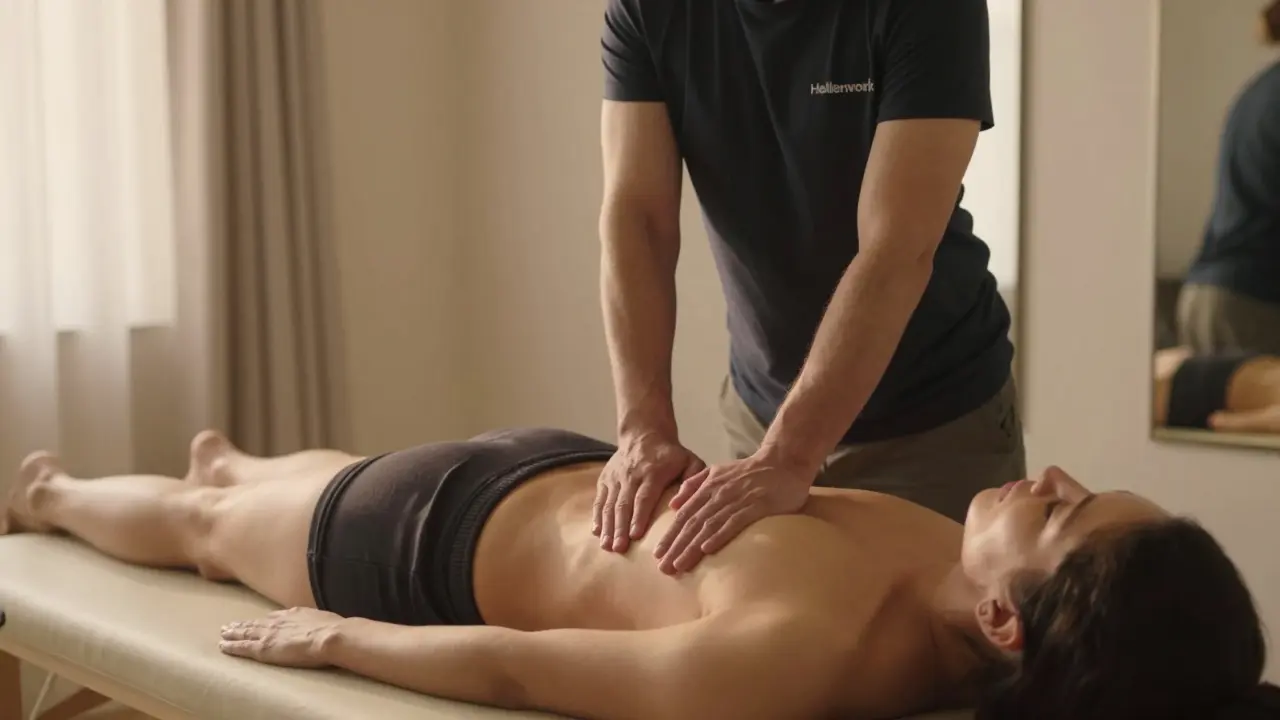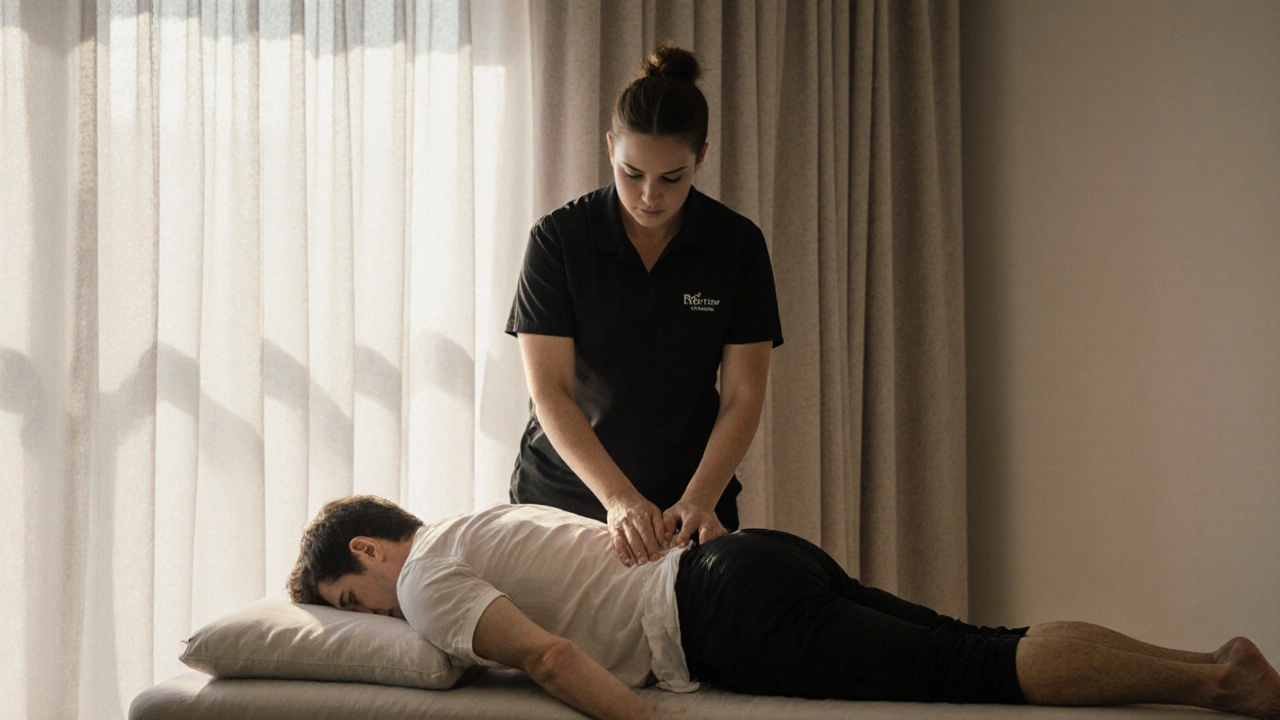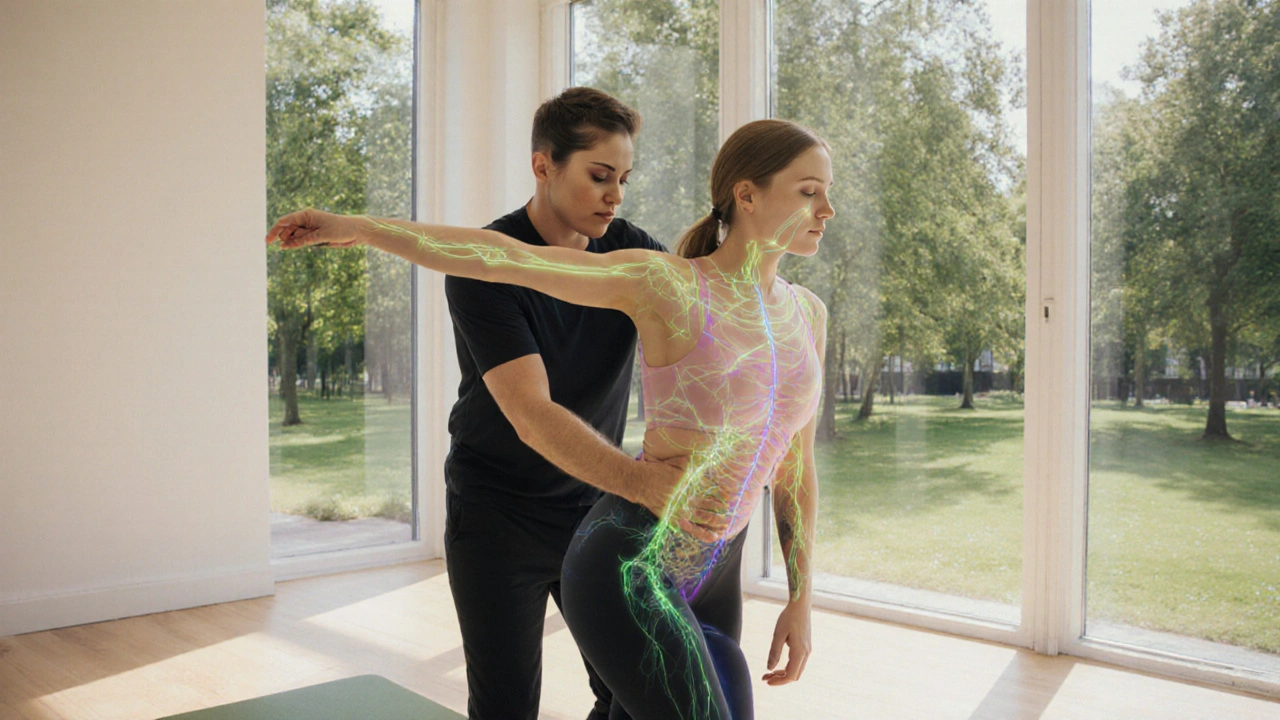Myofascial Release: A Practical Way to Ease Pain and Move Freely
Ever feel tightness or unexplained pain that just won’t quit? Myofascial release might be the fix you’re missing. This therapy focuses on easing tension in your fascia—the thin, tough tissue wrapping around your muscles and organs. When fascia gets stuck or tight, it can cause pain and limit your movement.
Unlike regular massage that mainly relaxes muscles, myofascial release targets these sticky spots to gently stretch and loosen them. Think of it like unwrapping a stuck piece of tape. Once loosened, blood flows better and your body can start healing itself more efficiently.
How Does Myofascial Release Work?
A skilled therapist applies steady, gentle pressure to tight fascia areas, holding the stretch until the tissue relaxes. This might feel different from what you expect—it’s usually slow and patient rather than fast or rough. You might notice relief during or even days after a session as your body adjusts.
Besides pain relief, the therapy can improve your range of motion, making simple moves like bending or turning easier. It’s popular among people with chronic pain, sports injuries, or stiffness from sitting too long.
What to Expect from a Session and Tips
Sessions typically last about 30 to 60 minutes, depending on what your body needs. Expect a calm environment where your therapist focuses on specific areas rather than just general relaxation. Drinking water after helps flush out toxins released during the treatment.
You can pair myofascial release with other methods like stretching or light exercise for even better results. Always check with a professional if you have health concerns before starting, especially if you have conditions affecting your muscles or connective tissues.
Ready to try something that tackles pain at its root? Myofascial release may be the gentle but effective approach your body has been asking for.
Experience the Healing Power of Hellerwork: How Structural Integration Restores Movement and Reduces Chronic Pain
Hellerwork is a deep, systematic approach to structural integration that releases chronic tension, improves posture, and restores natural movement. Unlike temporary pain relief, it rewires how your body holds itself for lasting change.
Rolfing: A Breakthrough in Treating Back Pain
Rolfing offers lasting relief for chronic back pain by realigning the body's structure through deep fascial work. Unlike temporary fixes, it addresses the root cause of pain by rebalancing connective tissue. Many find long-term improvement where other treatments failed.
Revive Your Body with Trigger Point Massage: Relief for Tight Muscles and Chronic Pain
Trigger point massage releases deep muscle knots that cause pain, headaches, and stiffness. Learn how to find and release them yourself with simple tools and daily habits for lasting relief.
Contractual Tendon Release Myths Debunked: What Really Works
Uncover the truth behind contractual tendon release, debunk common myths, learn how the technique works, and get practical tips for safe, effective use.
The Healing Power of Sports Massage: Benefits, Techniques, and How to Get Started
Explore how sports massage accelerates muscle recovery, improves performance, and prevents injuries. Learn benefits, session basics, therapist tips, and FAQs.
Rolfing Myths Debunked: The Truth About Structural Integration
Uncover the facts behind Rolfing, separate truth from rumor, and learn how this fascia‑focused practice truly works for posture, pain and movement.
Trigger Point Massage: How It Can Change Your Life
Trigger point massage isn’t just about relaxing tight muscles—it can seriously transform the way you feel every day. This article breaks down what trigger points really are, why they cause stubborn pain, and how targeting them can help you move, sleep, and live better. You’ll learn how this technique works, what science says about it, and practical tips to try on your own or with a pro. Whether you’re an athlete, office worker, or dealing with pain that just won’t quit, trigger point massage could make a real difference. Here’s what you should know before you roll out your mat or book your next massage.







